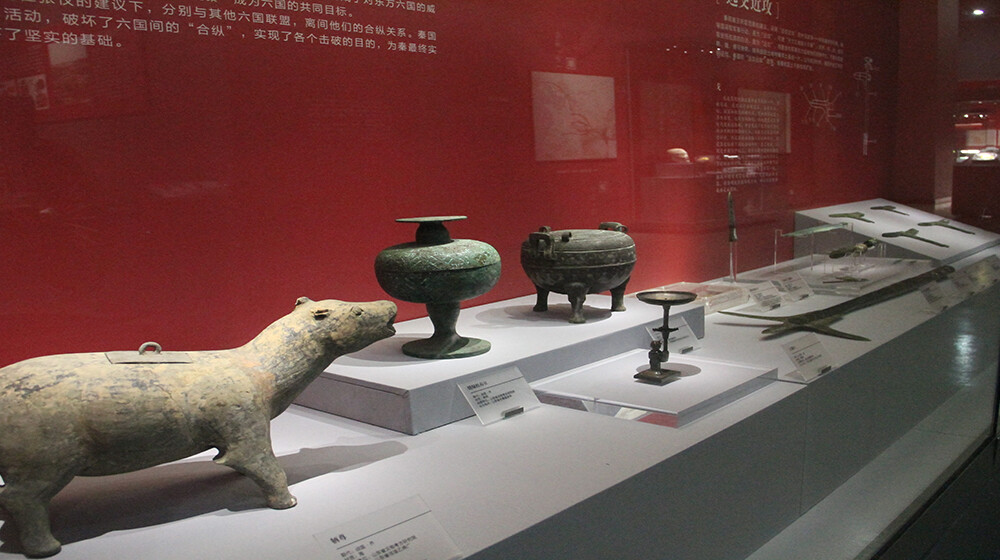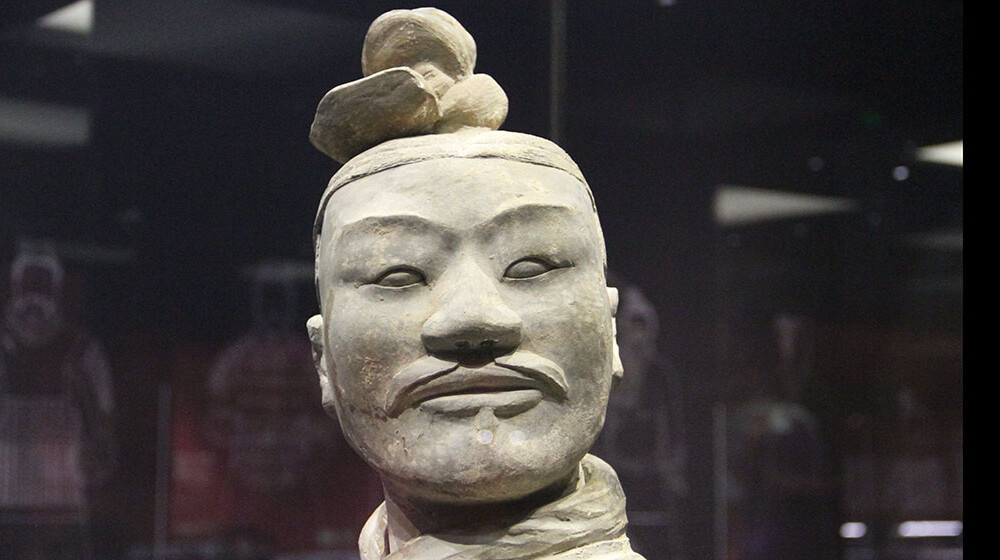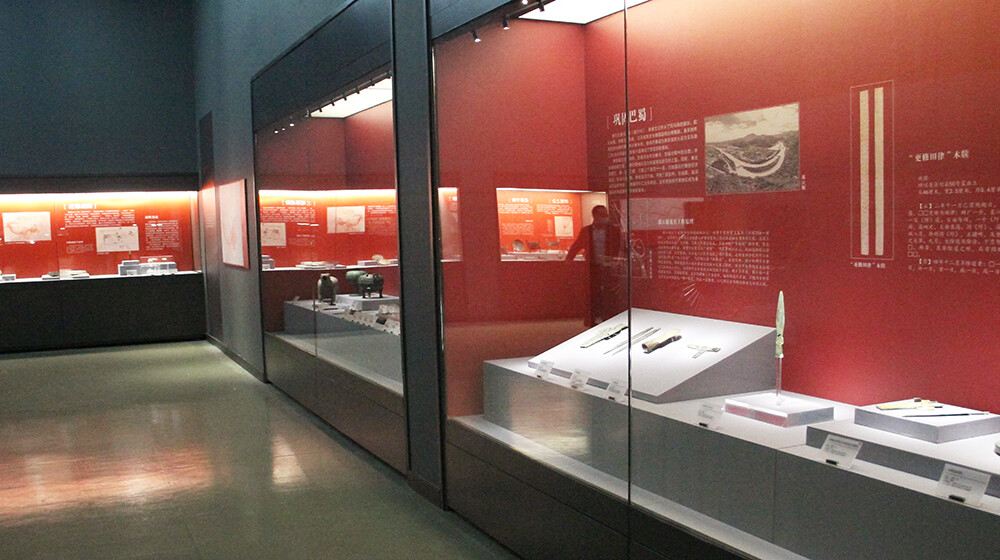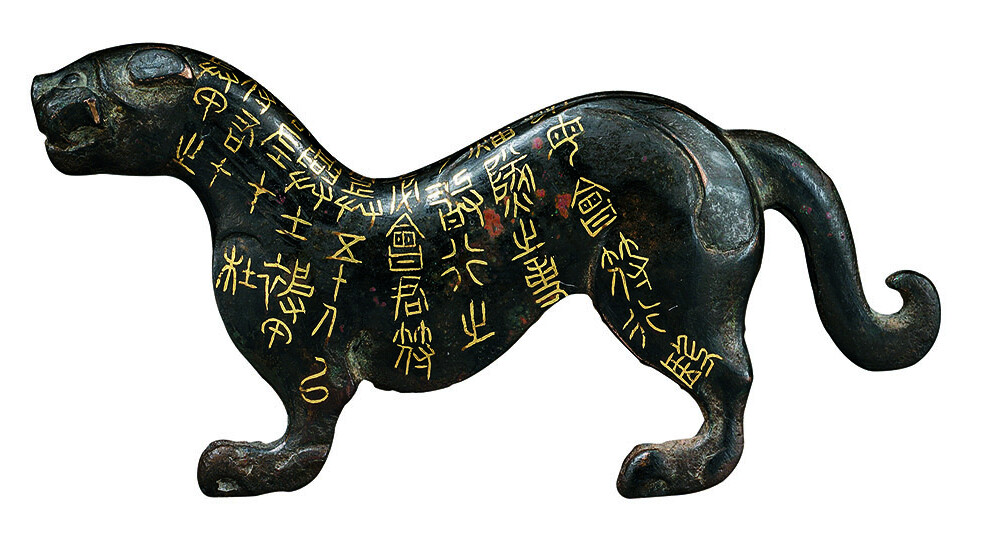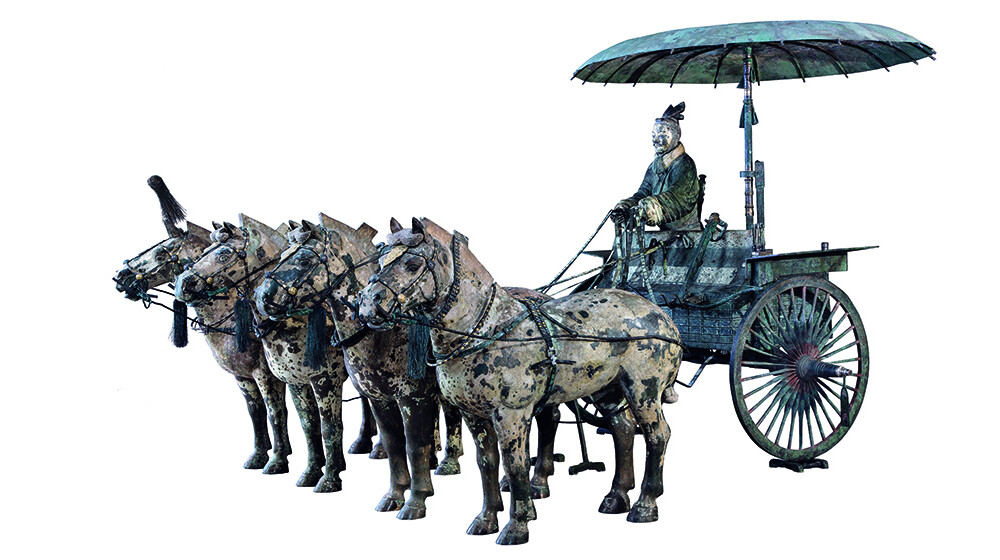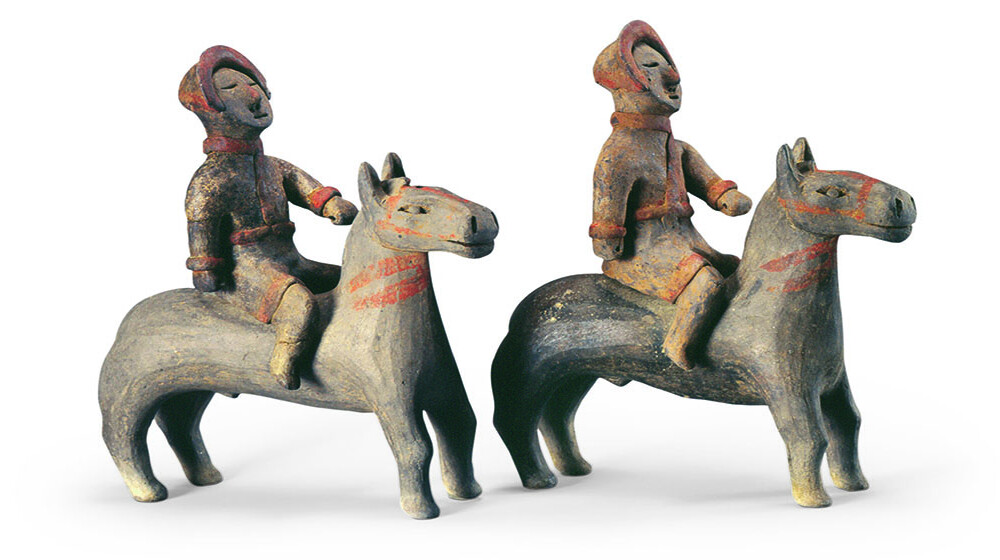Qin used to be a weak and small state located in remotely western China surrounded by hordes of Xirong Nationality. After several centuries and over 30 generations of monarchs, Qin became a powerful state and finally established the first empire in China. Over the subsequent 2,000 years, the complete form of state governance created by Emperor Qinshihuang has exerted a deep and profound influence on the politics in China, and the social governance measures he implemented to cement the unification of the country can still be found in our life up to date.
Look back to the period of the Spring and Autumn ( 770-476 B.C.E ) when states competed and battled with each other, in eastern China, there was a strong state named Qi, who was famous for its wealth and education. While Qi had the capacity to make conquest, the Warring Period ( 475-221 B.C.E ) ended up with Qin Dynasty. Why was it the Qin people that merged the six states in China? What was the motivation for the Qin people to achieve this goal? How did Qi culture influence Qin and even the whole China? How were government orders of the Empire of Qin delivered effectively to the whole country? What is the impact of the innovative “Grand Unification” institution to the social development of China? Hopefully the exhibition can offer the answers to these questions.
